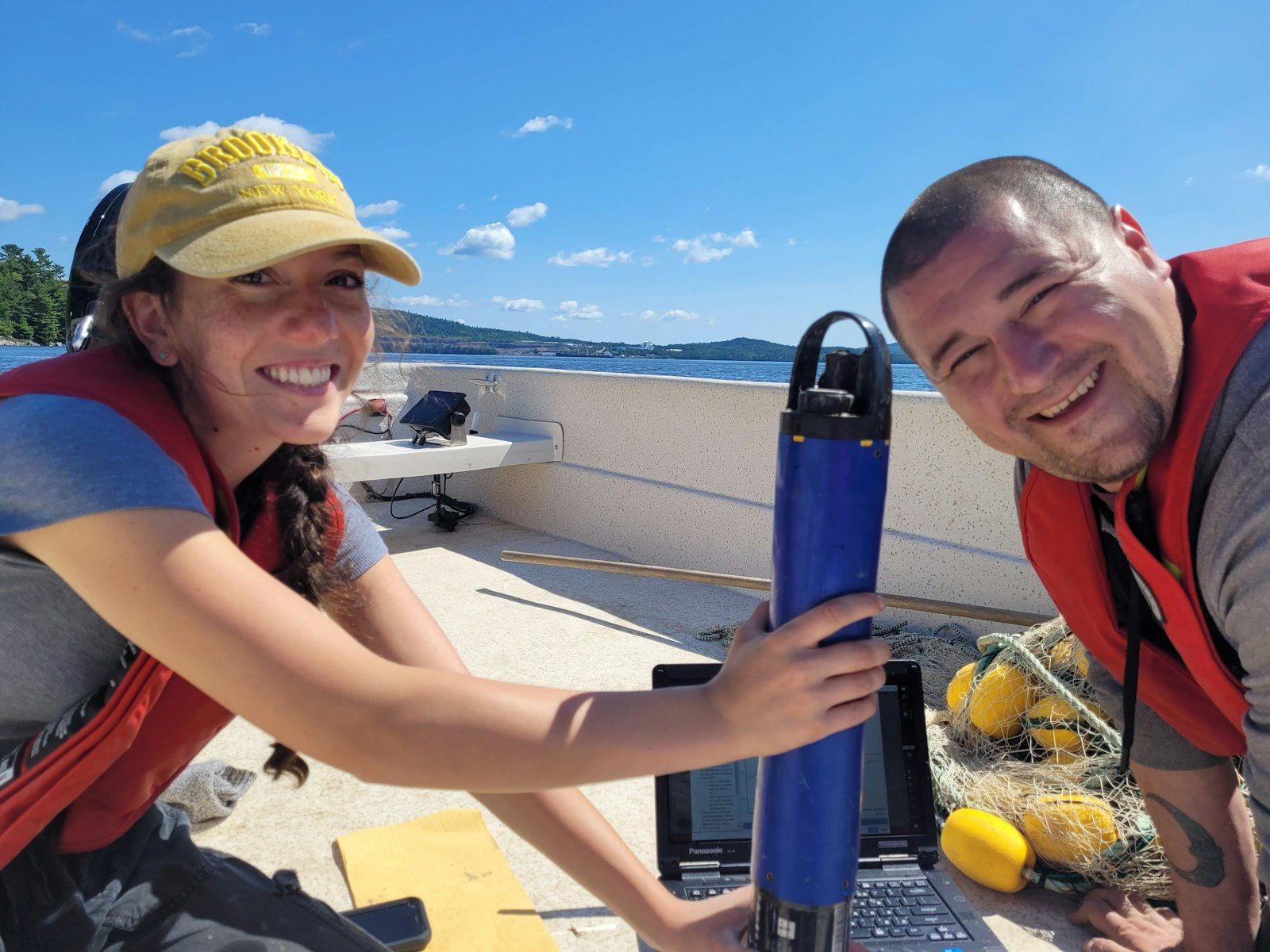Building the Indigenous Guardians Network: In Conversation with Valérie Courtois
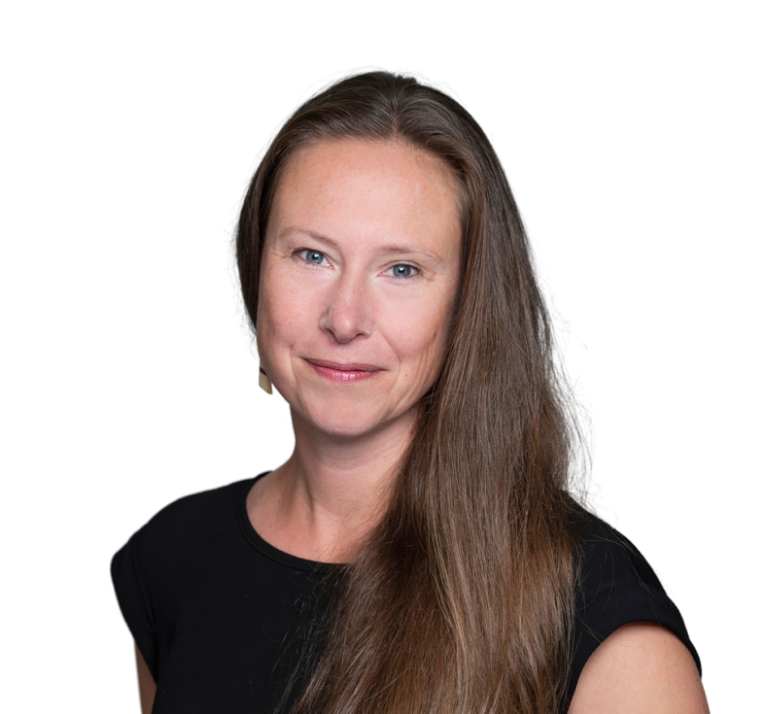

Earlier this summer DataStream Coordinator, Lindsay Day, had a chance to catch up with Valérie Courtois, Director of the Indigenous Leadership Initiative, while in Fort Good Hope/Rádeyįlįkóé, NWT.
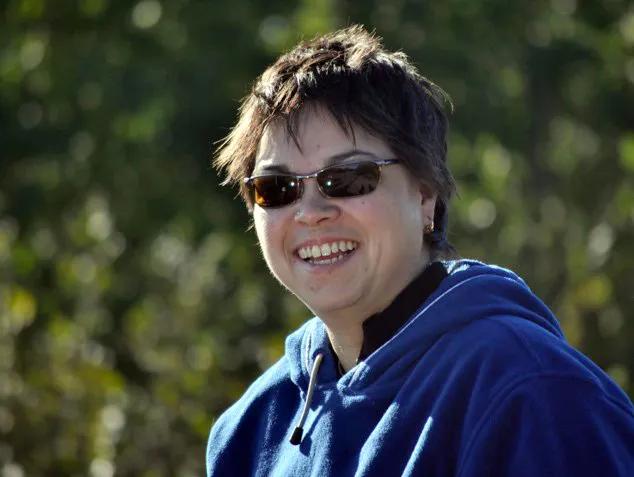
The Indigenous Leadership Initiative is promoting a federally funded, Indigenous-led National Indigenous Guardians Network in Canada. Through Guardian programs across the country, Indigenous communities are managing, monitoring and protecting the land, water and wildlife of ancestral lands according to cultural values and Indigenous law.
Valérie Courtois has been the Director of the Indigenous Leadership Initiative since 2013. She is a member of the Innu community of Mashteuiatsh, located on the shore of Peikuakami, or Lac-St-Jean.
Here are the highlights of Lindsay’s conversation with Val:

Ramparts Wetlands near Fort Good Hope, NWT
Visiting the Sahtú region
I come from a caribou people and every time I come to the Sahtú it feels like coming to see brothers and sisters. People of the Sahtú are so welcoming and proud to share who they are while being very humble about it – very much like us.
People here are still largely connected to the land. They still practice their culture, they want to see land protected, they want to care for it. So, in terms of Guardian programs, this is the perfect conditions for that to happen.
Identifying the need for an Indigenous Guardians Network
In the winter of 2013, the Indigenous Leadership Initiative, TNC Canada and Tides Canada hosted a workshop to bring representatives from existing Guardian programs together in Squamish, BC. When we asked them, what makes your program successful, what are your needs and what do you think would benefit and grow this model, there were three key things that came out:
1. They need more exchanges like this. People wanted to learn from others and create a network.
2. Stable funding. None of them had real core funding. So, they called for some sort of partnership at a national level for some stable funding. And,
3. Some sort of training, particularly for coordinators because they are most important for the stability of the program.
Since the Indigenous Leadership Initiative (ILI) was the only Indigenous group of the three that held the workshop, we felt a particular responsibility to advocate for that relationship with the federal government and to create a network. So, we just tried. We just went for it. We started talking with politicians and governments and cabinet members, representatives from all different parties. We had over 160 meeting in eight months.And low and behold it worked.
I mean we proposed a much larger budget. We proposed $500 million, which would have created programs in over 220 communities. But it was a little big for a brand new Liberal government to jump in like that. So, to their credit, they jumped in a little bit and in the 2017 budget they announced a $25 million investment for the creation of the network and the initial funding for the program.
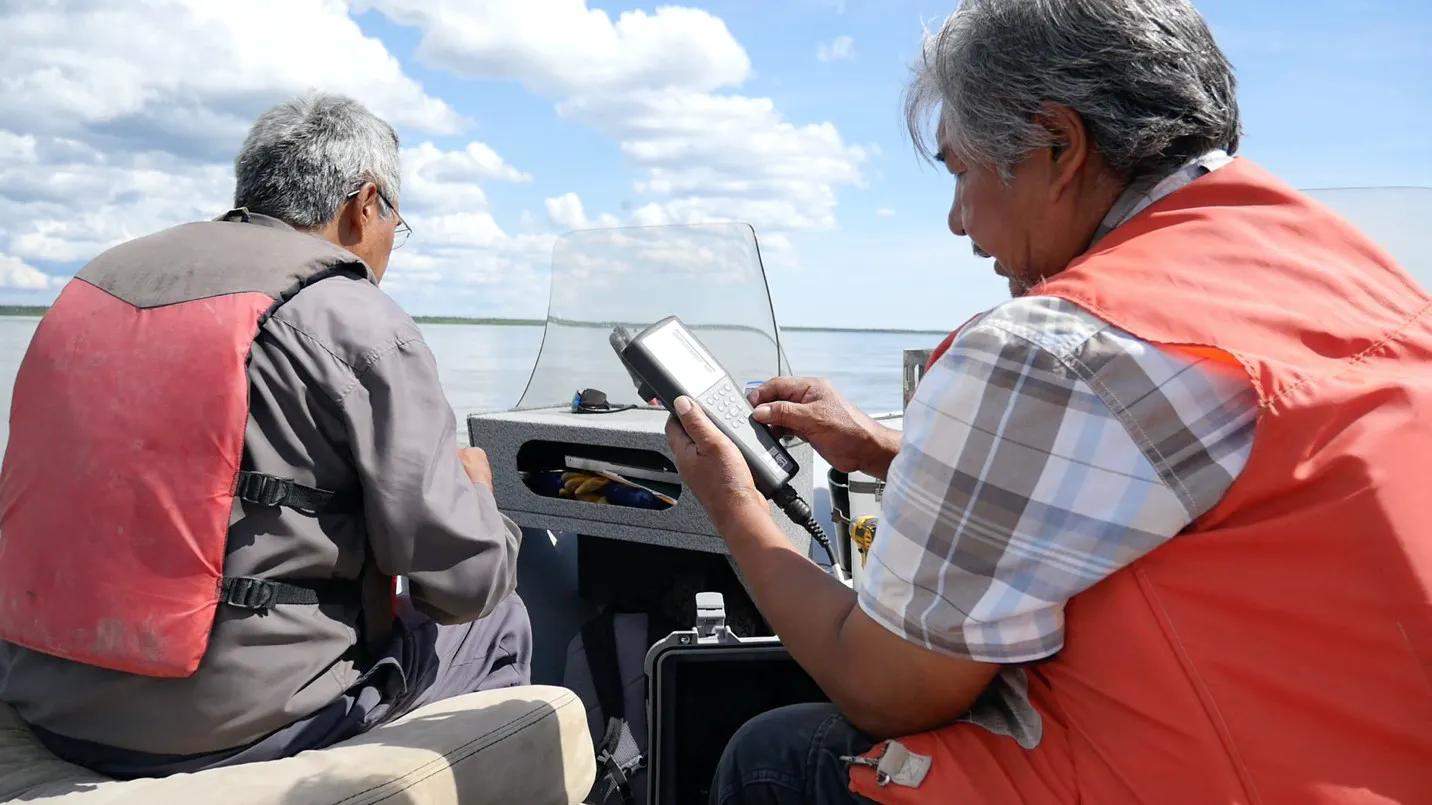
Dehcho K’éhodi Guardians monitoring water quality on the Mackenzie River
Creating space for an Indigenous-led process
When we met with the Minister the day the budget announcement was made, we went up to her parliamentary office and she said, “This is great! What do we do?”
And we said, “Well we’d really like to help you figure that out.”
And she said, “No, no, I want you guys to hold the pen,” which is not something we’re used to hearing. And my philosophy is if there is any space you occupy it. So, the Minister created space and we are occupying some of it.
But our way of working is not for the Indigenous Leadership Initiative to hold the pen – our role is to help open up as much space as possible so that Indigenous Nations themselves can hold the pen and work on this process.
In the late Fall or early Winter, we’re hoping to host with the government the largest ever Indigenous Guardians gathering. We are expecting anywhere between 500-700 people to attend. And that will be where the network is created.
Then my hope is that when the network is formed it will have its own legs and the ILI will continue to play an outside advocacy role. We also want to make sure that we measure the true impact of these programs, to really demonstrate the value of those investments. Because we are still hoping for this to be a much bigger, much more permanent kind of partnership for the Government of Canada.
When we look at what’s in it for the Government of Canada, they have huge responsibilities that they are not able to fulfill, particularly around dealing with biodiversity protection, species at risk and climate change. And these are things where Indigenous Guardians clearly could have a role to play. We’re the front lines in a way. The Government of Canada doesn’t have the staff to track climate change right across all ecosystems. But we’ll be there, and we’ll be able to do that. There’s power in that.
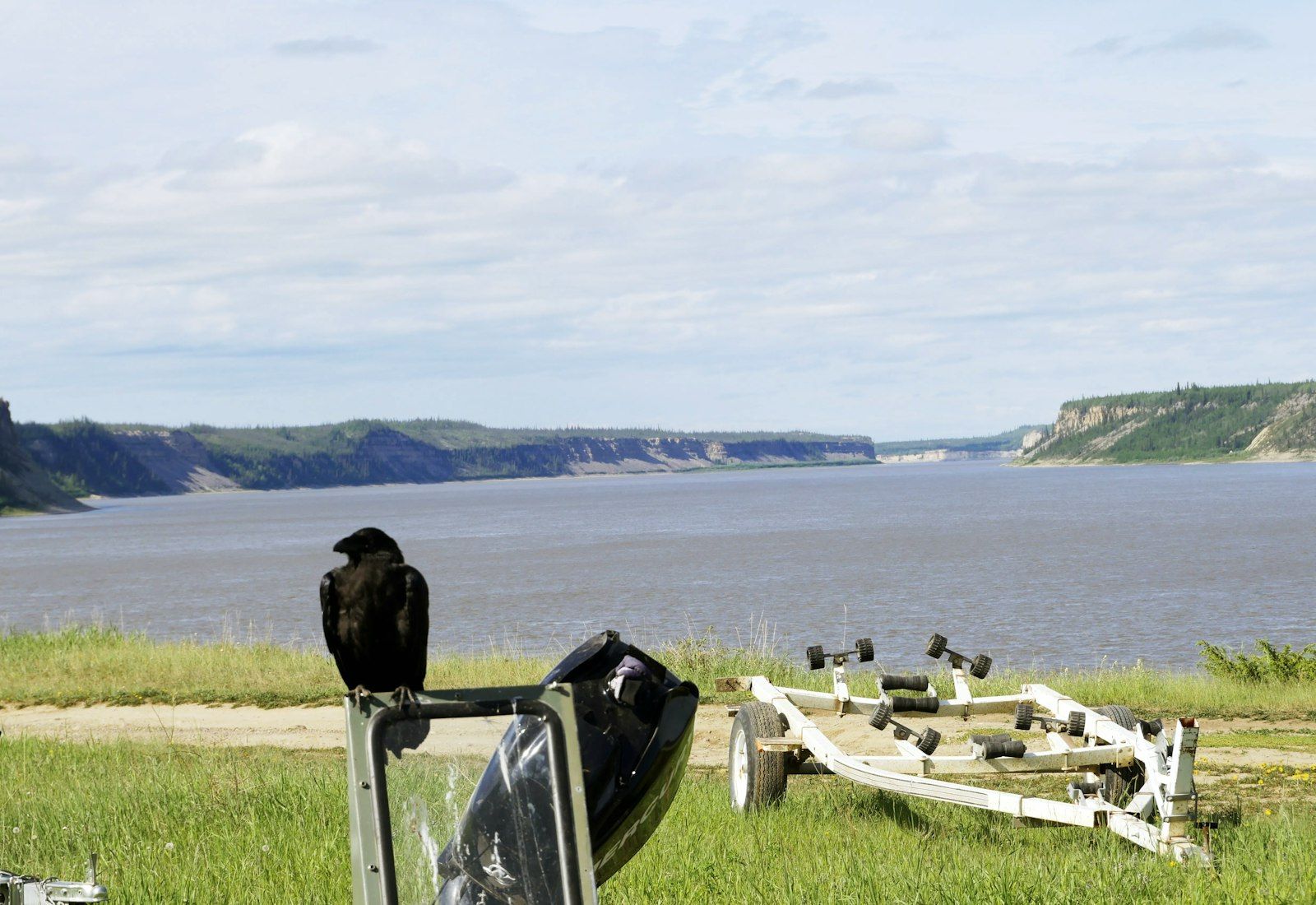
Generating positive change from the ground up
I worked with and managed the Innu Nation Environmental Guardian program for nine years. I’ve seen how transformational Guardian programs can be for individuals and families. We have existing Guardians saying, “My kids want to become Guardians when they grow up.” To me that is a huge mark of success.
It can be so hard when you live in remote communities faced with social and other challenges. It feels like there’s no hope. This program gives us hope. We’re going back to the land. People are being who they are. And being proud of that.


